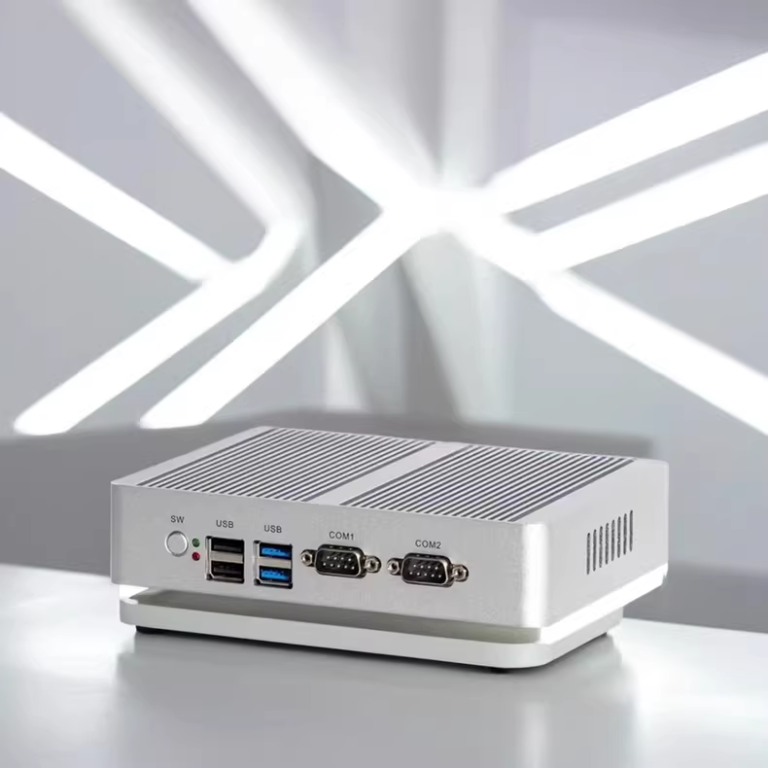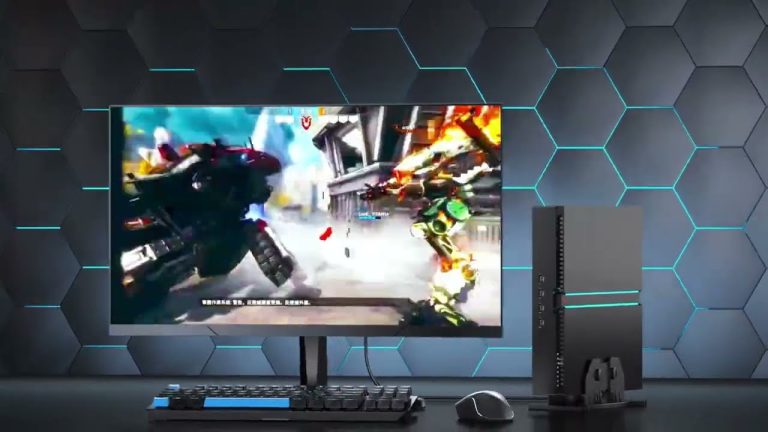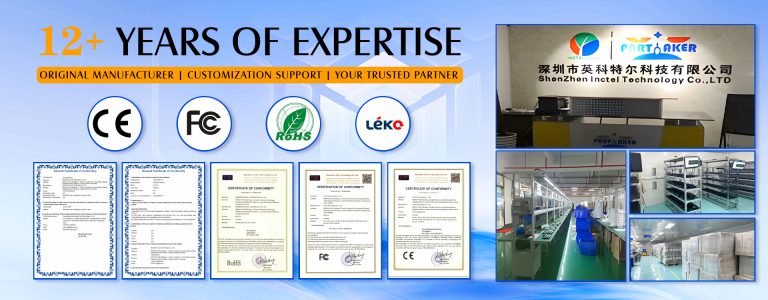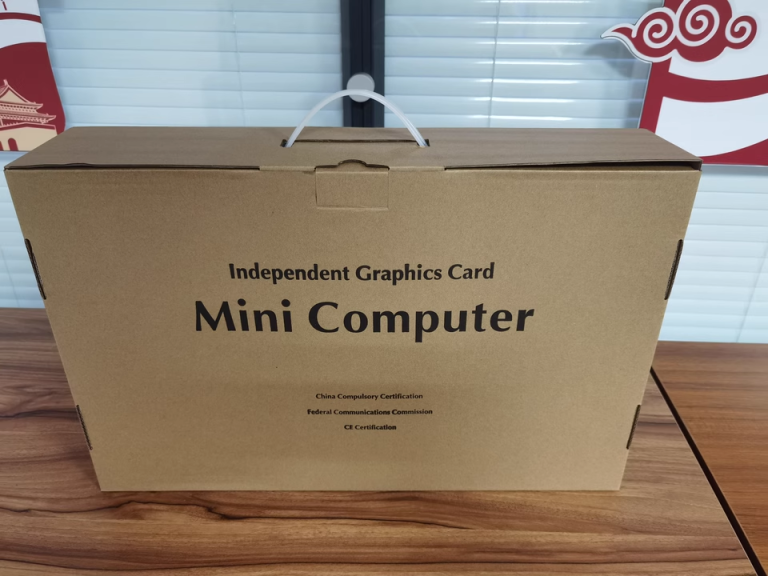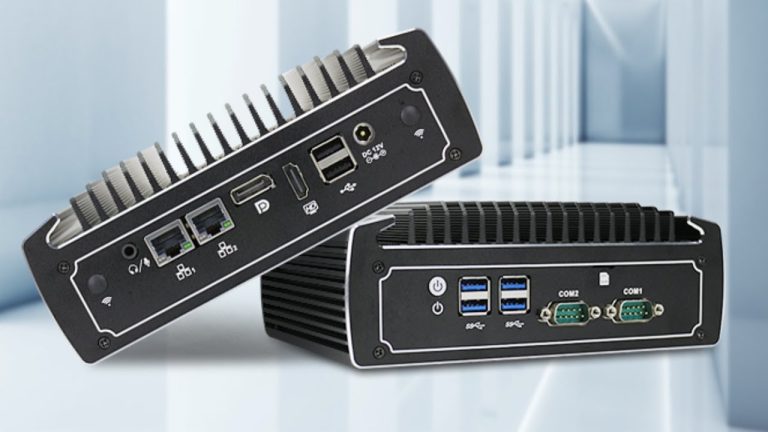Think of FPS as the heartbeat of your gaming experience—the higher it beats, the smoother the action. For mini PCs, FPS capability varies with hardware power and game optimization, influencing how fluid and immersive gameplay feels.
About FPS
FPS, or Frames Per Second, refers to the number of images (frames) a computer or gaming device displays every second during gameplay or video playback. Higher FPS values lead to smoother and more fluid visuals, enhancing the overall experience. For instance:
- 30 FPS is the minimum standard for smooth gameplay and is generally considered playable.
- 60 FPS is the standard for most games, providing fluid movement that suits most gamers.
- 120 FPS and above is typically preferred for fast-paced or competitive gaming, delivering highly responsive and smooth visuals.
How Many FPS Can You Get on a Mini PC?
Mini PCs generally offer a range of FPS capabilities:
- Mid-Range Hardware: With setups featuring graphics similar to an RX 7600 or RTX 3060, mini PCs typically deliver smooth 1080p gameplay at around 60 FPS on medium-to-high settings. Well-optimized titles, especially at 1080p, can exceed 100 FPS, reaching up to 120-170 FPS in certain cases for optimized games on ultra settings.
- Budget Configurations: Lower-end configurations may reach 30-60 FPS at 1080p with medium settings, sufficient for many casual gaming needs. These systems might struggle at higher resolutions or with particularly demanding graphics settings due to power and thermal limitations in a compact form factor
- High-End Hardware: High-performance mini PCs equipped with high-tier GPUs, such as those comparable to the RTX 3070, can handle more demanding games, often pushing past 100 FPS at 1080p on high or ultra settings. However, they may still encounter thermal throttling over extended periods, which can impact sustained FPS in resource-intensive games.
Overall, mini PCs can achieve reliable 60-100+ FPS for most games at 1080p depending on the game’s optimization and the PC’s cooling capabilities, but sustained ultra-high FPS rates, like 144 FPS, may be challenging in some cases due to thermal constraints.
FAQs
What resolution is optimal for gaming on a mini PC?
Mini PCs typically perform best at 1080p resolution. Higher resolutions like 1440p or 4K may cause performance issues or require adjustments to graphics settings, depending on the device’s CPU and GPU capabilities. Many devices manage well at 1080p with smooth FPS but can struggle at 4K unless equipped with high-end GPUs and efficient cooling systems.
Does a mini PC support ray tracing, and what effect does it have on FPS?
Some mini gaming PCs with advanced GPUs can handle ray tracing, but enabling it significantly reduces FPS. For example, on settings like Ray Tracing Ultra, FPS may drop from around 100 to 70 or lower. Mini PCs often support ray tracing in low or medium modes, though it’s less commonly used due to its heavy demand on processing resources.
How does thermal management affect FPS on mini PCs?
Mini PCs have limited space for cooling components, which makes effective thermal management essential to avoid overheating and maintain stable FPS. Many mini PCs include dedicated cooling solutions, but extended high-performance gaming may still lead to thermal throttling, reducing FPS over time.
Is FPS affected by the type of display connected to the mini PC?
Yes, connecting a high-refresh-rate monitor (e.g., 144Hz) can enhance the gaming experience, provided the mini PC’s GPU can maintain the required FPS. Lower-end mini PCs may not fully utilize high-refresh displays, but mid-range and high-end models can deliver smoother visuals with compatible monitors.
How does power supply capacity influence FPS stability?
A sufficient power supply is crucial for stable FPS. Insufficient power can cause performance drops or system instability, particularly in games with heavy GPU demands. Ensuring the power supply meets or exceeds the mini PC’s requirements will support consistent FPS, especially when pushing the hardware with high-end graphics settings.







